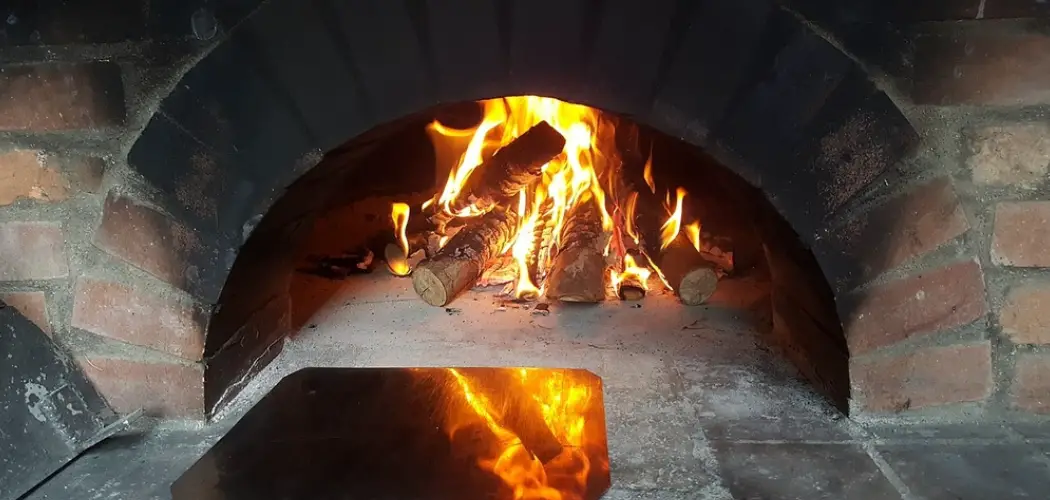Using an oven to heat your house may seem unconventional, but it can be a temporary solution during cold spells when your primary heating system is down or needs an extra boost. It’s essential to ensure safety first and understand the limitations and potential risks involved.
Ovens are designed for cooking rather than heating spaces, so this method should only be employed with caution and for short periods.
In this guide on how to use oven to heat house, we’ll explore the key steps and considerations to safely use an oven for heating, helping you stay warm in emergencies.
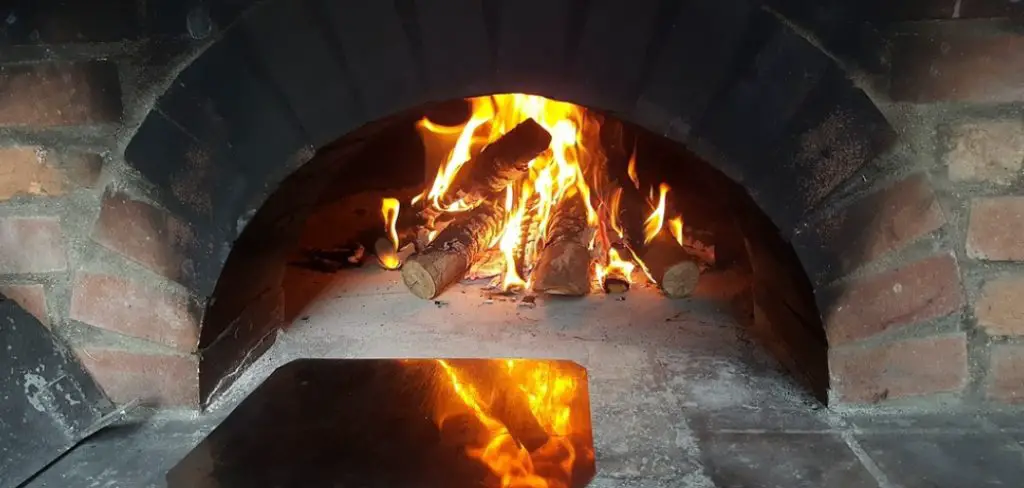
Why use an oven for heating?
There may be various reasons why you may want to use your oven for heating, including:
- Your Primary Heating System is Down or Not Working Efficiently
- You Need Additional Warmth in Specific Rooms or Areas of the House
- You Have Limited Resources and Need a Temporary Solution
- It’s a Cold Spell or Emergency Situation Where You Need Immediate Heat
While using an oven can provide temporary warmth in these scenarios, it’s essential to understand that it should not be a long-term or permanent heating solution. Not only is it inefficient and costly, but it can also pose safety hazards if not used correctly.
10 Steps on How to Use Oven to Heat House
Step 1: Gather Necessary Supplies and Equipment
To safely use your oven for heating, you’ll need a few supplies and equipment. These may include:
- An Oven Thermometer to Monitor the Temperature
- Heat-resistant Gloves or Mitts to Handle Hot Items
- A Timer to Track How Long the Oven Has Been Running
- A Fire Extinguisher in Case of Emergencies
Ensure all necessary supplies are easily accessible before starting the heating process.
Step 2: Plan Ahead and Determine the Heating Needs
Before you begin using your oven to heat your house, it’s crucial to evaluate your specific heating requirements. Assess which rooms need additional warmth and consider factors such as the size of the space and the duration you will need the oven to run. Keep in mind that using an oven for heating is a temporary measure, so prioritize areas where you spend the most time, like the living room or kitchen.
Additionally, check the functionality and safety standards of your oven, ensuring it is in good working order and free from any faults that could pose a hazard. Planning ahead will help manage your time and resources effectively, ensuring a safer and more efficient use of your oven for heating purposes.
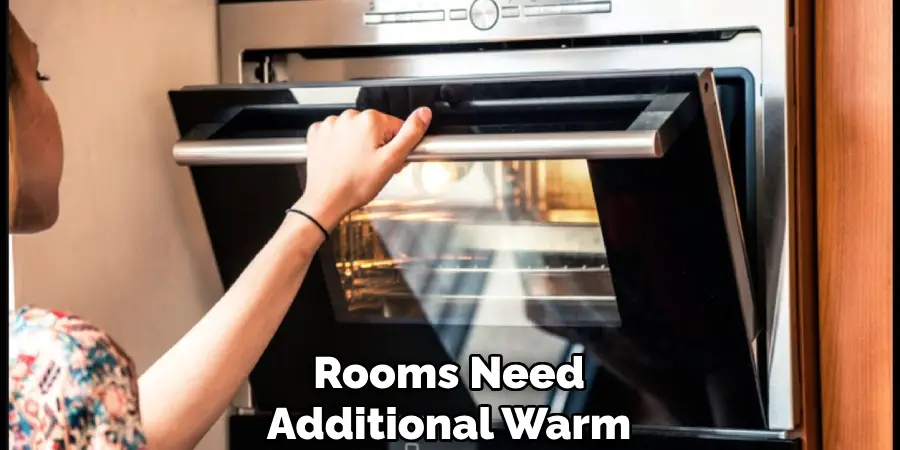
Step 3: Preheat the Oven
Before using an oven for heating, it’s crucial to preheat it first. This will help prevent sudden temperature fluctuations and ensure more consistent heat output. Set the oven to its lowest temperature setting and allow it to preheat for 15 minutes or longer, depending on the size and type of your oven.
The ideal temperature range for heating a house with an oven is between 150-300 degrees Fahrenheit. However, keep in mind that this will vary based on the type and efficiency of your oven.
Step 4: Use Thermal Mass to Retain Heat
To make the most out of your oven’s heat, you can use thermal mass objects or materials to absorb and retain heat. These could include ceramic plates or bricks placed in the oven while preheating, which can then be transferred to specific rooms or areas where additional warmth is needed.
You can also use baking sheets or aluminum foil to cover windows and doors, preventing heat loss in these areas.
Step 5: Monitor the Temperature
It’s crucial to monitor the temperature of your oven regularly to ensure it stays within a safe range. An oven thermometer can help you keep track of the temperature, and you should aim for a consistent and moderate level of heat output. High temperatures can be dangerous, causing potential fire hazards or damaging your oven. If the temperature exceeds the recommended range, reduce it immediately by opening the oven door slightly.
The ideal temperature for heating a house with an oven is between 60-70 degrees Fahrenheit. It’s essential to avoid overheating, as it can lead to energy waste and potential safety risks.
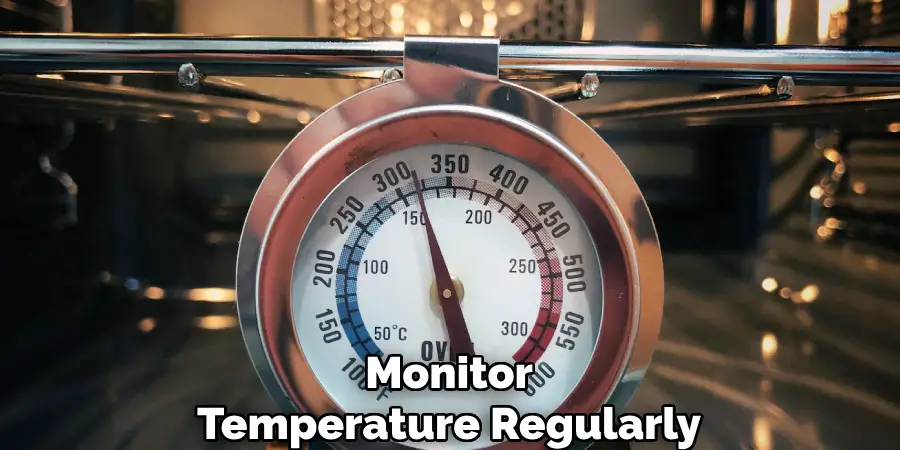
Step 6: Set a Timer
Setting a timer is crucial for maintaining safety while using an oven to heat your house. It ensures that the oven does not run for extended periods, which could lead to overheating or increased fire risk. Depending on the size of the space and your heating needs, you might begin by setting the timer for 30 minutes to an hour.
Once the time is up, evaluate the warmth of the room and decide whether more heating time is necessary. Remember to never leave the oven unattended while it’s in use; constantly monitor it to avoid potential hazards. Regular intervals for turning the oven on and off can also help manage energy consumption and ensure that the space remains at a comfortable temperature.
Step 7: Keep the Oven Door Closed
It may be tempting to open the oven door to let out heat, especially in a small space. However, this can significantly reduce the efficiency of your heating and cause temperatures to fluctuate rapidly. Keep the oven door closed as much as possible while it’s in use, only opening it briefly for monitoring purposes or when turning off the oven.
You can also use a draft stopper or towel to prevent heat from escaping under the oven door.
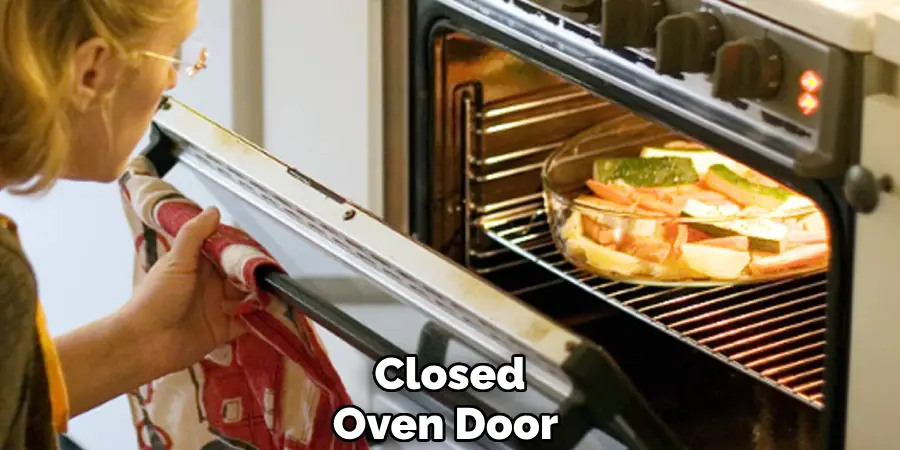
Step 8: Use Caution When Moving Hot Objects
When using an oven for heating, it’s crucial to handle hot objects with caution. Always use heat-resistant gloves or mitts when moving items in and out of the oven, as well as when transferring thermal mass materials from one room to another.
The oven itself can also become hot to the touch, so be careful when moving it or touching its exterior while in use.
Step 9: Ventilate the Room
Proper ventilation is essential when heating an oven. It ensures that any carbon monoxide produced from the combustion process is safely vented out of the room. Keep a window or door slightly open to allow fresh air to circulate and prevent the build-up of harmful gases.
If you start to feel dizzy or experience other symptoms of carbon monoxide poisoning, turn off the oven immediately and seek fresh air outside.
Step 10: Monitor Fire Hazards
Lastly, it’s crucial to monitor potential fire hazards while using an oven for heating. Keep flammable objects away from the oven, and be mindful of any burning smells or smoke. If you notice anything unusual, turn off the oven and inspect for any issues before continuing to use it for heating.
In case of an emergency, always have a fire extinguisher nearby and know how to use it effectively. Safety should always be the top priority when using an oven for heating purposes.
Following these steps on how to use oven to heat house and using caution and common sense can help you safely use an oven for heating your home during the colder months. However, it’s essential to remember that this should only be used as a temporary solution and not as a permanent heating method. Always prioritize proper insulation and regular maintenance of your home’s heating system for long-term safety and efficiency. Stay warm and stay safe!
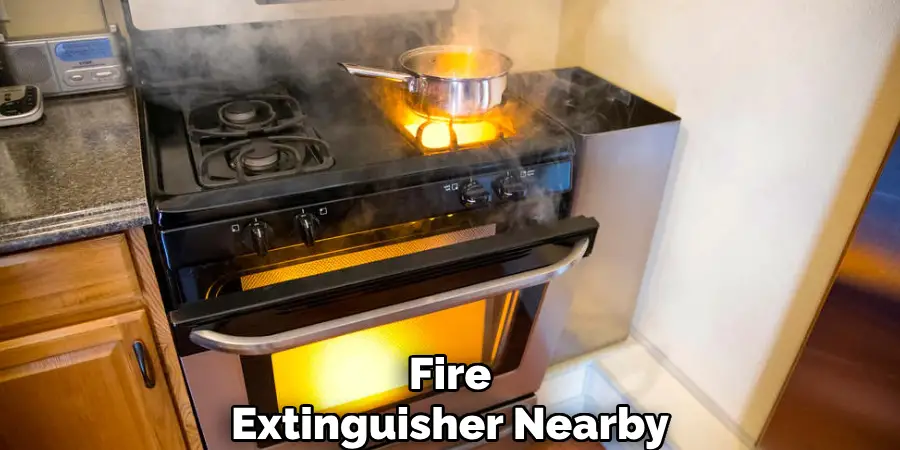
Frequently Asked Questions
Q1: Can I Use Any Type of Oven for Heating My House?
A: As a safety precaution, it’s best to use an electric oven rather than a gas oven for heating purposes. Electric ovens do not produce harmful carbon monoxide emissions, which can be dangerous in a closed space.
Q2: How Long Can I Use the Oven for Heating at One Time?
A: It’s recommended to use your oven for heating in short intervals, typically between 30 minutes to an hour. This will help prevent overheating and potential fire hazards. Always monitor the temperature and turn off the oven if it exceeds a safe range.
Q3: Is it Safe to Leave the Oven Unattended While Using it for Heating?
A: No, it’s not safe to leave the oven unattended while using it for heating purposes. Constant monitoring is necessary to ensure that temperatures are within a safe range and to prevent any potential fire hazards.
Q4: Can I Use the Oven to Heat My House in Place of a Regular Heating System?
A: No, using an oven for heating should only be used as a temporary solution and no substitute for a proper heating system. It’s essential to prioritize insulation and regular maintenance of your home’s heating system for long-term safety and efficiency.
Conclusion
Using an oven to heat your home is a temporary measure that can provide warmth in emergency situations or when traditional heating systems are unavailable. While it can be an effective short-term solution, it’s crucial to approach this method with caution and adhere strictly to safety guidelines to prevent fire risks and carbon monoxide exposure. Always prioritize turning your oven off when not in use or when leaving it unattended, and regularly ventilate the area to ensure effective airflow.
Ultimately, proper home insulation and a well-maintained heating system are the most reliable ways to keep your home comfortable throughout the colder months. By staying informed and practicing safety first, you can ensure the well-being of your household during any unexpected heating challenges. Thanks for reading this article on how to use oven to heat house.
About
Angela is the chief editor of Indoorense. She began her career as an interior designer before applying her strategic and creative passion to lifestyle and home.
She has close to 15 years of experience in creative writing and online content strategy for housekeeping and cleaning,home decorations as well as other efforts.
She loves her job and has the privilege of working with an extraordinary team. She lives with her husband, two sons, and daughter in Petersburg. When she’s not busy working she spent time with her family.

